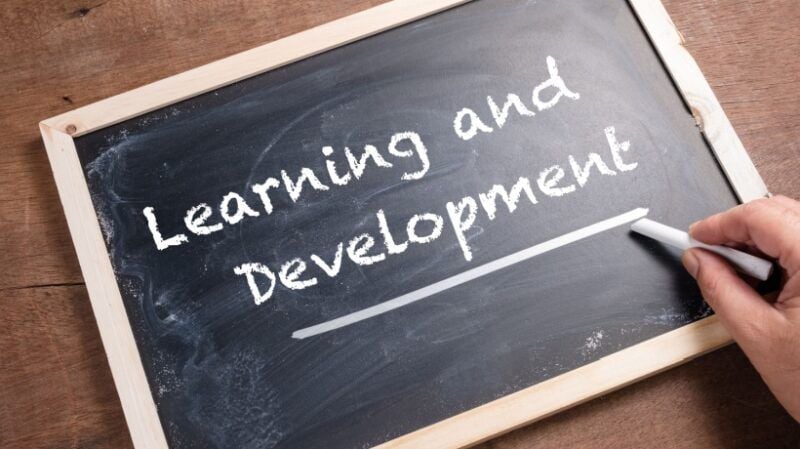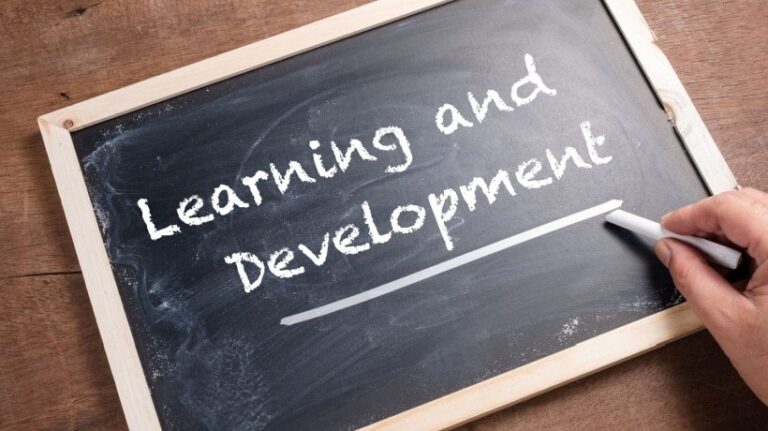
A new era of L&D: Hearts haven’t changed
Let me share what I have seen up close. Learning and development (L&D) isn’t just evolving, it’s changing at a pace most of us have never experienced before. Think about it. Five years ago, we were talking about online learning as a support system. Today, this is at the heart of how organizations reskill, retain and empower their workforce. Roles are changing, skills are constantly being redefined, and development plans are completely different than what you built 10 years ago.
As an L&D professional, I often hear leaders ask questions like: “What are the most practical innovations I can try for my employees? How do I know which skills to prioritize?” If you’re struggling with these questions, you’re not alone. Let’s take a look at what’s going on and where you can focus your energy.
1. From roles to skills: The shift that changes everything
We used to design learning based on static job descriptions. Today, work no longer fits neatly into these boxes. Organizations are moving to a skills-first strategy. why? Because skills are the true currency of growth.
Skills taxonomies and frameworks (such as those built into modern LMS platforms) can help companies identify what they currently lack and what will be important in the future. Internal talent marketplaces are emerging, where employees are matched to projects based on skills rather than job title. For you as a leader, this means reskilling is not a side project. It is the most powerful retention strategy.
2. AI is here, but we need guardrails
AI is no longer futuristic. It’s already built into your LMS and learning strategy, prompting learners with personalized recommendations. When done correctly, it feels like magic.
personalized route
AI analyzes learner behavior and suggests courses that align with career aspirations. Time-saving automation
Administrative tasks like registration, reporting, and feedback loops are now easier. Skill visibility
AI-powered dashboards give leaders a clear picture of employee readiness.
However, you need to be careful here. AI is only as strong as the data and governance behind it. Be curious and experiment. Also, ask tough questions of vendors about transparency, bias, and data security.
3. Combining skills-based learning and human-centered design
Technology can scale, but human-centered design makes it stick. The innovations I’m most excited about are those that marry technology and empathy.
Microlearning and nudges
Small, just-in-time bursts of knowledge that take into account learners’ busy schedules. learn in the flow of work
Integration with MS Teams, Slack, or CRM where your employees already spend their time. Learning that leads to a career
A development plan that directly links acquired skills to promotions and new opportunities.
These are not just “nice to have” items. They are starting to be expected.
4. Immersive learning is no longer an experiment
Virtual reality (VR) and augmented reality (AR) were once buzzwords. These days, they are often used as practical tools along with simulation, scenario-based learning, and gamification, especially for remote and global teams.
Imagine frontline workers practicing safety protocols without risk in VR. Or, new managers step into a gamified simulation to practice leadership conversations.
These immersive approaches increase retention and confidence, especially in high-stakes roles. And the good news? Costs have been reduced and made achievable for a wider range of organizations.
5. Collaboration is the new L&D superpower
This is the truth. In the new era, L&D can no longer thrive in silos. The most impactful programs I’ve seen have resulted from strong collaboration between HR, IT, and business leaders.
HR provides a people and culture lens. IT ensures that systems integrate seamlessly. Business leaders connect learning to strategy and growth goals.
When these voices come together, learning becomes more than just an HR department, it becomes a business driver.
Not sure about your skills or priorities? Start here
Many leaders tell me they’re not even sure which skills are most important. That’s completely understandable. The landscape in this new L&D era is noisy. The simple approach I recommend is:
Listen to your business strategy
What’s changing in markets, products, and customer expectations? Look at your employee data.
Where are people leaving? Which teams are struggling? Start small with a pilot
Choose one area, such as digital fluency, leadership readiness, or customer experience, and run a focused program. Measure, learn, and scale.
Remember: You don’t have to do everything at once. Even small intentional moves can create big ripples in culture and performance.
Final thoughts: The core of L&D hasn’t changed
Yes, tools, roles, and strategies are changing dramatically. But even in this new era of L&D, the core of it remains unlocking human potential. As CLOs and L&D leaders, our job is to create an environment where people feel empowered, supported, and motivated to grow. Whether it’s through AI-powered personalization, immersive simulation, or simply better conversations between managers and teams, the goal remains the same. It’s about helping people grow so that organizations can thrive.
If you want to know which innovations work best for your employees, start thinking. Try small things, measure their effectiveness, and don’t be afraid to iterate. Because in 2025, the most successful L&D leaders will not be those who do everything, but those who move with intention.


